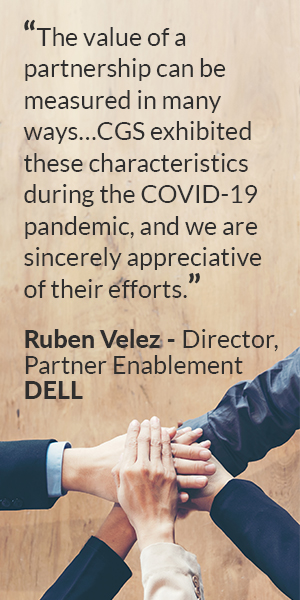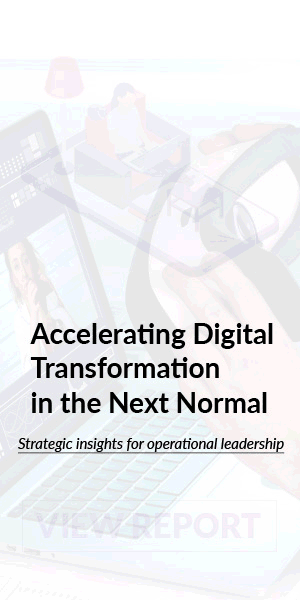Overcoming the Top 3 Challenges of Mixed Reality Adoption
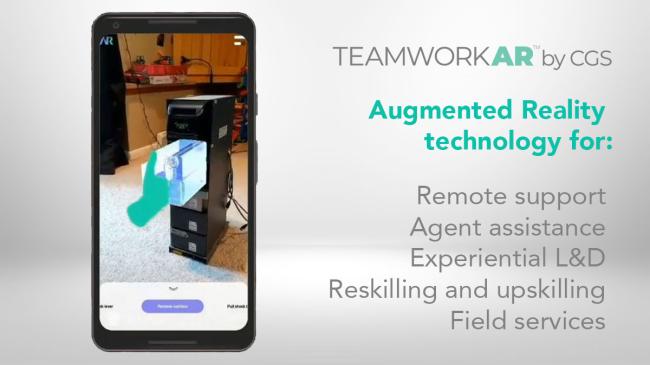
As we approach a next normal in business, Mixed Reality (MR) is emerging as a powerful technology that can enhance and digitally transform the services and support that companies of all types provide. Its uses vary greatly from remote guidance and support to enhancing the digital sales journey, from learning and training to onboarding, from supporting field services to delivering experiential customer support.
While companies evaluate MR, the process of getting started can get hung up on some perceived challenges. A recent webinar hosted by Technology & Services Industry Association (TSIA) addressed these common concerns. CGS’s Doug Stephen, President, Enterprise Learning, and Steve Petruk, President, Global Outsourcing, joined TSIA’s John Ragsdale, Distinguished VP, Technology Research, to present some solutions to the three most common roadblocks and show use cases of MR in both B2B and B2C scenarios.
This article presents an overview of the topics and examples shared. For the full discussion, you can view the complete webinar.
What Is MR?
First, a quick definition. Mixed Reality, or Augmented Reality (AR), is a merging of real and virtual worlds to produce new environments and visualizations in which physical and digital objects coexist and interact in real time. While MR/AR was introduced in mobile video games some years back, the technology offers much deeper and broader uses in business.
Growing Use Cases
Use cases for MR are expanding to almost every area of the workplace today, but the biggest growth areas include:
- Technical support
- Field service
- Customer training/onboarding
- Sales
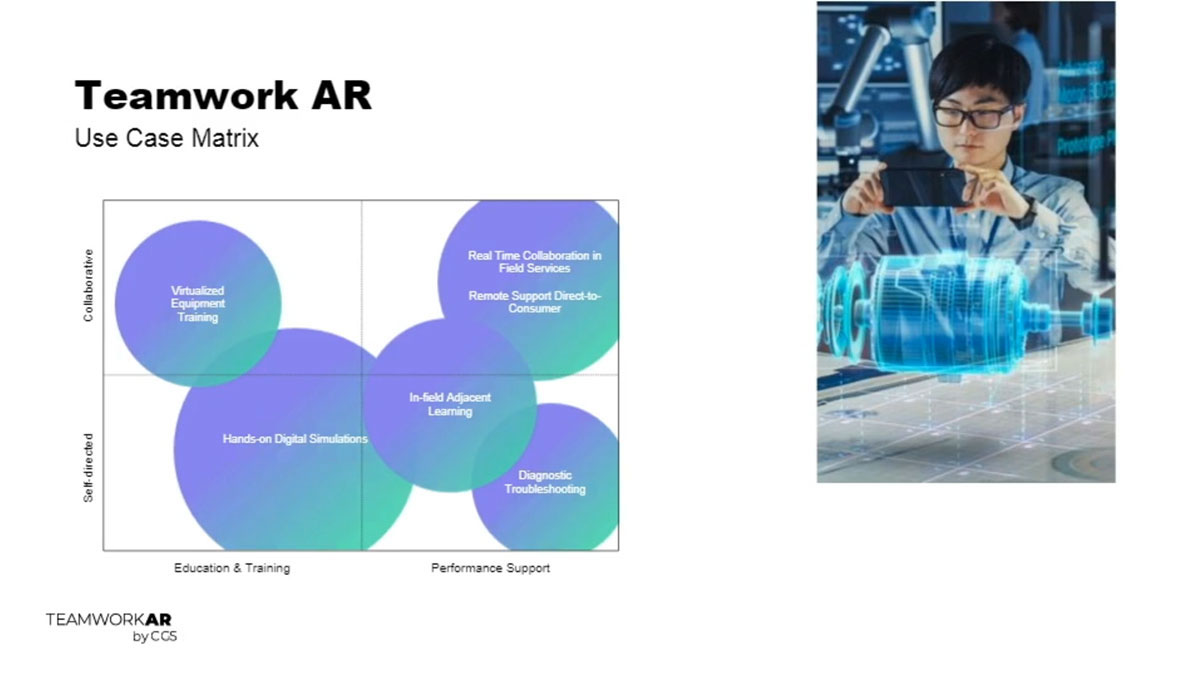
In the webinar, the experts presented use cases and examples for how the technology can transform how you collaborate and engage with one another and customers. But first, they addressed the perceived challenges to adopting this emerging technology.
3 Challenges to Adoption
The cost/budget is one concern behind the reticence to adopt new technology. But Ragsdale stated that the root cause of many challenges is a fear of change. Sometimes it’s the IT department fearing a lack of expertise or understanding. Sometimes it’s the fear that employees or customers will not go along and adopt a new way of working, shopping or interacting.
Ragsdale then offered what he calls Ragsdale’s Law: “Convenience overrides paranoia.” Once people understand how easy a technology is to use, the benefits it brings to their lives and how convenient it makes their work, they get over fears rather quickly.
Petruk and Stephen addressed these common challenges one by one.
Challenge 1: Cost to Set Up and ROI
What’s the cost and ROI? That’s the first question companies usually ask about any new technology or process. Understandably an organization wants to see where, how and when their investment will pay off.
The CGS website offers a way to calculate the value of AR/MR, and the presenters offered some basic steps to calculate it:
- Factor in cost of a service call ($300 to $350 per field service visit)
- Take a percent of no fault found (NFF) returns
- Factor in the solution’s price to showcase savings
Petruk said that if agents can quickly see into a customer’s issue, companies often see a 20 to 30 percent reduction in NFF returns. He presented a video example of an agent using the Teamwork AR tool with a consumer who could not get his new blender to work. Through app-less collaboration, the agent simply sends a secure URL to the customer by text message. The customer clicks the link, which opens a web page, allows access to the camera, and the agent can see what the customer sees, add in steps and visual cues to walk them through proper assembly and use of a device.
This software-only approach requires no special equipment, such as glasses or headsets—just a smartphone, tablet or computer with a camera. There’s no app to download, so it’s fast and easy to provide support. Your customer is satisfied, the device works normally, and the time to resolve the issue is cut in half, perhaps more.
Furthermore, no part or device is returned needlessly, which saves time, money and aggravation. And, Petruk said, even if a service visit is required, it can be greatly shortened if the agent can use MR to identify what parts are needed and what expertise is required before a technician is dispatched.
Challenge 2: Concerns Over Specialized Equipment
A second challenge that companies state is the concern over buying specialized equipment to support different operating systems and devices. Companies want to use their existing equipment and what people are most comfortable with already. The solution is to make the solution ubiquitous, bidirectionally.
As an example, Petruk introduced a field service collaboration video. A less experienced field tech on-site used his smartphone to connect with a more experienced tech working remotely. The experienced tech used visual cues and text to help his coworker correctly insert new circuits into a complex electrical panel.
Stephen stated that the solution should support a matrix of technology. In the example, an Apple phone contact an Android one, but truly ubiquitous technology can handle all the possible combinations, such as Android to Android, Apple to Android, Android to web, etc. You want to ensure your solution has an interoperability, not tied to a particular type of hardware but able to “talk to” all of them.
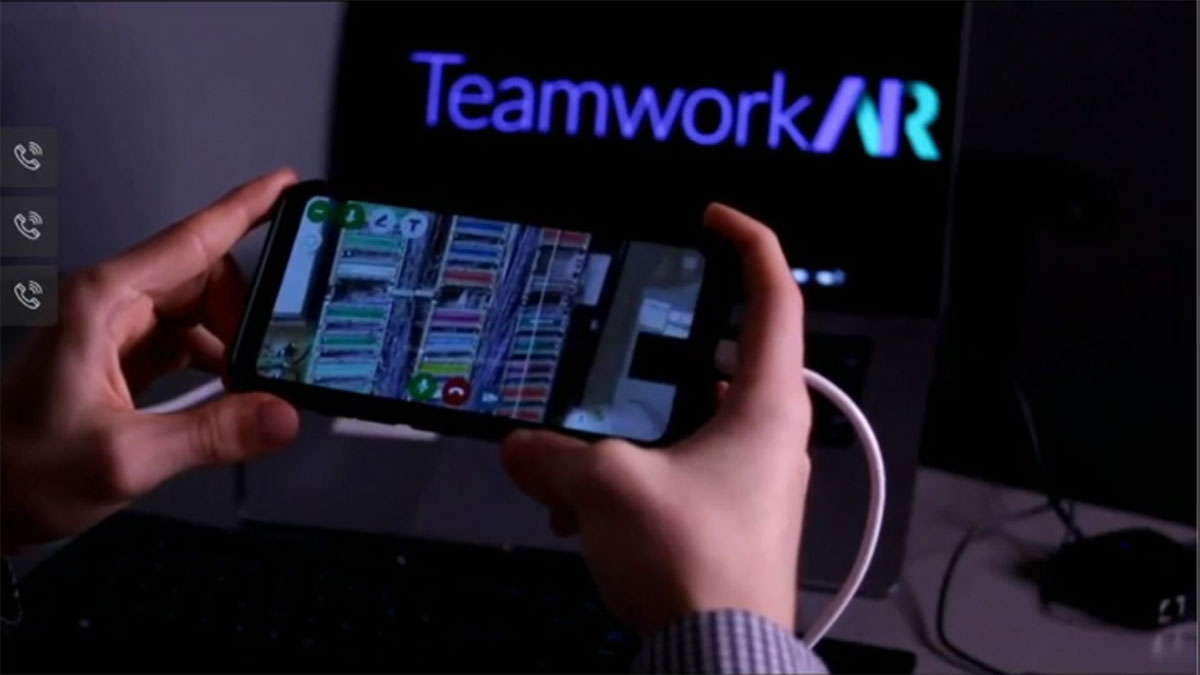
Challenge 3: Time to Adoption
The third challenge the speakers presented was the time required to empower employees and customers to adopt a new technology like mixed reality.
In a 2019 study from Twilio, 61 percent of consumers say they would not install a new app to communicate with a business. This is another area where software solution makes all the difference. Organizations can increase employee and consumer satisfaction with frictionless support system. Anything that makes it easy to do business with you will add value.
Using MR technology, you get real-time access and better results. It’s easier to find faults and issues using see-what-I-see video instead of an interpretation by voice or simple video.
The example for this challenge was a video of an inexperienced user calling in for support. The agent sent a link by SMS and walked the user through how to locate settings in their computer’s operating system using simple cues overlaid on their smartphone’s camera.
Ragsdale said that metrics are one way to track how your employees and customers are adopting new technology. He presented three statistics that all companies should be tracking: Customer Satisfaction (CSAT), Employee Satisfaction (ESAT) and Customer Effort Scores (CES). As the saying goes, happy employees mean happy customers, and there is absolutely a correlation, Ragsdale stated.
The CES score is a newer one, but it ties directly to the Net Promoter Score (NPS) and influences your customer value, renewal rates and other metrics. For long-term profitability, Ragsdale said that companies want the customer experience to be as close to effortless as possible.
Further advice: If you track new metrics, make sure you track them before you make any changes. Ragsdale said you want to measure where you currently are before you make changes or add new technology. That way you get a more accurate view of the technology’s impact on your existing people, process and technology.
How MR Can Help
As you see in the examples, MR has broad-ranging abilities and offers incredible benefits to businesses in many areas. In customer service and support alone, it can:
- Increase call deflection and increase first-call resolution
- Greater customer satisfaction, lower service costs
Ragsdale said that “customer deflection” may have a negative connotation but argued that ion many studies customers prefer self-service options. Customers would prefer a quick and easy solution over having to contact a company via traditional methods.
Another consideration: As you do a better job at self-service, you might start to see more complex problems in the call center, so those stats may actually increase. If you compare self-service deflection rate vs. first contact resolution rates, you should do so carefully. Better self-service may mean that simpler issues are taken care of with self-help, and more complex issues are now reaching your contact center.
Finally, Ragsdale said that companies should track multiple metrics because there is a lot of correlation. More metrics offer a more complete picture of the impact of your efforts.
App Power
Teamwork AR prides itself as a software, device-agnostic solution, but it offers even more power and capabilities with the app itself. If a consumer does download the app, they can take full advantage of the technology and tools.
Digital Twin
With digital twinning, users can drop a product into their living room and work with it. Think of the power behind this. Before a new purchase even arrives, the customer can learn how to assemble it, use it and play around with it. They can walk around the item to view it in 3D, all angles. It’s a hands-on way to strengthen self-service and prevent future support contacts.
This powerful collaboration demonstrates even more ROI to organizations and has an amazing application in training and development. It’s a merged reality for users to learn on, going beyond a PDF or YouTube video. Agents can be equipped with this fairly simply, and their time to proficiency is greatly reduced.
Object Recognition
Another benefit to using the Teamwork AR app is object recognition. You can hold your device’s camera up to an object, such as a cash register or ATM machine, and it will recognize the device. The app then scans for issues, or you can zoom and click on areas that you think are causing an issue. The app can then create animations and instructions on equipment you use in the field.
Object recognition empowers workers on the frontline to follow step-by-step instructions and possibly avoid expensive or lengthy field service visits. Again this technology can add up to a huge ROI and improvements in customer satisfaction and employee satisfaction. And business cases are as strong or even stronger for B2B as it is for B2C organizations.
Final Thoughts
For the full discussion, view the complete webinar here. To get started with MR, Ragsdale recommended finding a department or area in your company to conduct a pilot. We are just scratching the surface for how enterprises can leverage mixed reality technology, so keep an eye out for other uses today, tomorrow and in the future.
If you are still on the fence about MR/AR technology, it is much easier to introduce and use than you may think. You don’t have to have a large team of experts on board. The right partner offers expertise in enablement and engagement. For more information, check out our Augmented Reality solution pages.
Additional Reading:
- 6 Business Use Cases for Augmented Reality to Drive ROI
- 3 Blended Learning Strategies Using Mixed Reality
- Streamline Support and Save Resources with Augmented Reality
